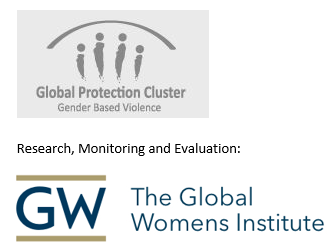|
Areas of Leadership |
|
|
Key Strategies |
|
|
Tools |
|
|
Example: In 2005, in the Solomon Islands, UNIFEM’s gender-sensitive conflict early warning project trained 20 male and female volunteers from five conflict-prone communities; developed a set of gender-sensitive indicators of conflict and peace; collected data at the community and national levels; and disseminated the data among communities, civil society, government and donors. As such, the system became a resource for the prevention of conflict. The use of gender-sensitive indicators (such as levels of domestic violence and rape, and women’s levels of fear in going to markets) served to legitimize attention to gender issues and GBV as a signal of impending conflict and social dislocation. Indicators Used This, combined with working with women and men from the communities themselves, empowered women to engage – and be seen as legitimate – in community decision-making, and discussion and planning around community conflict prevention and peace-building strategies. It also proved successful as a means of involving men and raising their awareness of the consequences of GBV, and as a result several male participants became strong community advocates for women in GBV cases. For additional information, see: Engendering Conflict Early Warning: Lessons from UNIFEM’s Solomon Islands Gendered Conflict Early Warning Project (2006).
Source: Excerpted from Moser, 2007, p. 16.
|
